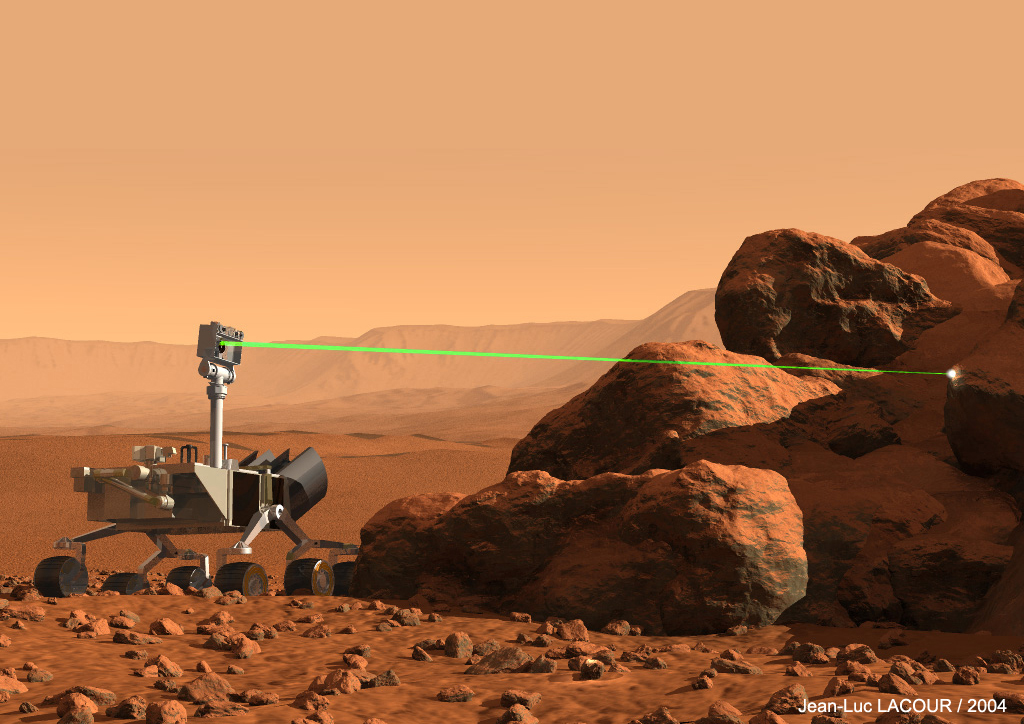A new British company is harnessing Mars exploration technology that has applications in environmental monitoring, diagnosing disease, and detecting counterfeit foods.
Based upon the technology to develop and understand the atmosphere on Mars that includes a robust and lightweight design needed for space work, MIRICO’s Laser Spectroscopy provides instant analysis of gases.
However, the Mars exploration technology can be applied for a wide-range of “terrestrial” uses right down here on Earth.
With a $1.5 Million investment from the Rainbow Seed Fund and Longwall Ventures, MIRICO‘s technology can be used by non-experts in hospitals, industrial factories, and outdoors – significantly improving upon ease of use compared to existing laboratory-scale equipment.
How it works
Developed at STFC’s Rutherford Appleton Laboratory, the instrument works by using lasers to measure gases in real-time, targeting molecules with an immense degree of precision using very few components.
“We looked into technical solutions to make real time, highly sensitive isotopic analyzers small enough and robust enough for Space,” said MIRICO’s Chief Scientific Officer, Dr. Damien Weidmann, adding, “exploring potential business cases it became clear to us that many ‘terrestrial’ applications also became relevant.”
These include diagnosing medical conditions through testing human breath, verifying the origin and authenticity of goods in the food and wine industry, and identifying sources of carbon dioxide in the environment to aid in monitoring alleged climate change.
Healthcare
To help better understand biological processes the Mars exploration technology can also be used for fast stable isotope analysis of breath, blood, and urine samples with high precision.
A breath analyzer for use in hospitals was MIRICO’s first product. With the company’s Mars exploration technology, “it will be possible to continuously measure patients at the bedside to signal the onset of disease states.”
Environmental monitoring
In environmental monitoring, the instrument uses lasers to detect very low concentrations of greenhouse gases and stable isotope composition. It can detect where traces of carbon dioxide come from in the field, for example if they originate naturally from plant respiration or through the burning of fossil fuels.
There is also potential for using the instrument to increase the efficiency of industrial processes, such as those in oil and gas or power plants. On an oil rig, the technology can distinguish between different types of hydrocarbons from the gas they release and be used to map the type of rock below. This means that drilling for oil can be far more targeted, increasing the efficiency of the process.
Food industry applications
The new technology also makes it possible to find out whether a food sample is authentic by identifying the origins of the food sample and free of hazards, simply by burning a small amount of it. The gases released from burning are detected by lasers in the instrument, giving highly accurate results in seconds.
“There is a need to determine whether a food, like olive oil for example, is pure olive oil or whether it contains traces of something carried through from the manufacturing process or even deliberate adulterations to fool the customer into thinking they are buying pure olive oil,” said Professor Guy Poppy, Chief Scientific Advisor to the UK Food Standards Agency.
Mars exploration connection background
MIRICO’s research was “focused on developing innovative spectroscopic techniques for earth observation and planetary landers, which lead to new analytical instruments for trace gas analysis that deliver laboratory standard performance in a highly compact, field deployable form factor,” according to their website.












